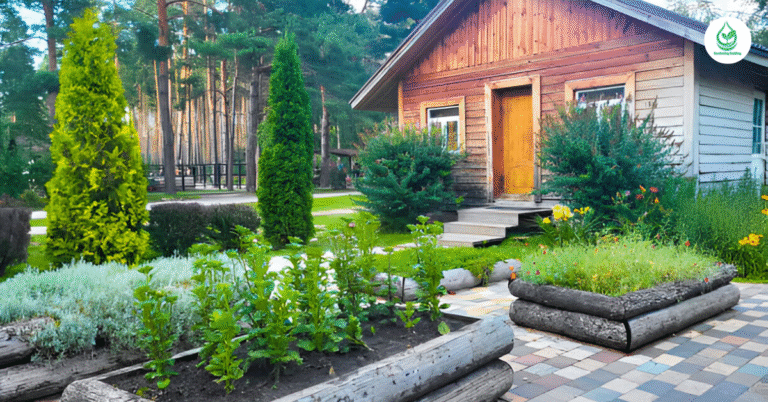6 Swiss Cheese Plant Varieties to Brighten Your Space

Introduction
The Swiss Cheese Plant (Monstera) is one of the most loved indoor plants in the world. It’s admired not only for its dramatic leaves but also for its ability to thrive in homes, offices, and even shaded gardens. The plant gets its quirky name from the holes or “fenestrations” that appear naturally on its leaves, making them look as if someone carved patterns into them. These holes aren’t just decorative – they help the plant survive in the wild by letting light filter through to lower leaves and reducing wind resistance in tropical storms.
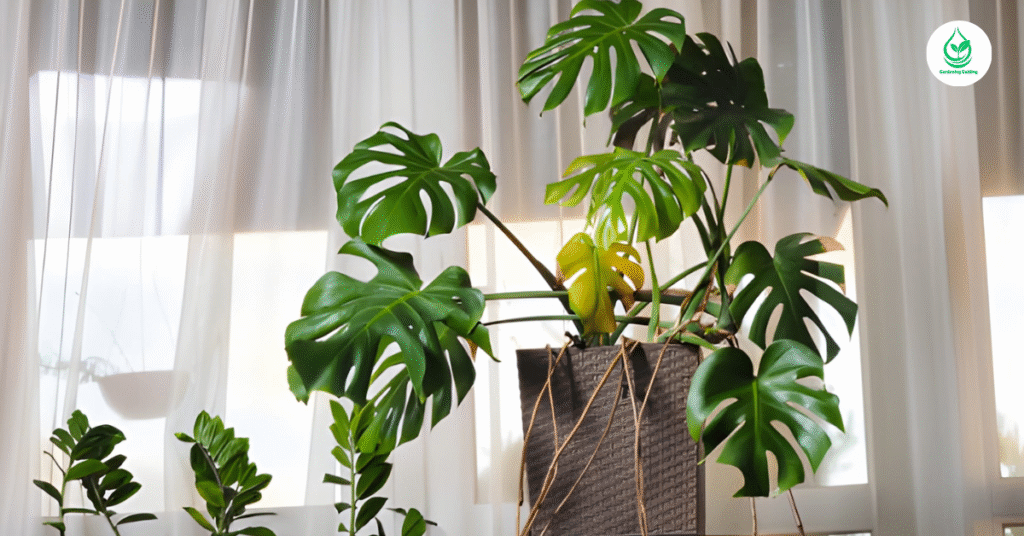
In recent years, the Swiss Cheese Plant has become a centerpiece in interior design trends. From Instagram-worthy apartments to cozy minimalist homes, you’ll see Monstera leaves gracing plant stands, coffee tables, and even wall art. The best part? There isn’t just one Swiss Cheese Plant – there are several fascinating varieties, each with its own unique personality. In this article, we’ll dive into 6 Swiss Cheese Plant varieties that can completely transform your space. Whether you’re a beginner looking for something easy to care for or a collector who craves rare plants, there’s a Monstera for you.
1. Monstera Deliciosa – The Classic Swiss Cheese Plant
Iconic Split Leaves
The Monstera deliciosa is the plant that most people imagine when they hear “Swiss Cheese Plant.” It has broad, glossy green leaves with dramatic splits and holes, which grow bigger as the plant matures. When given the right care, these leaves can reach over two feet wide, making the plant a striking focal point. The fenestrations are not just aesthetic – they allow light to filter down and prevent wind damage in the plant’s native rainforest habitat. This makes the deliciosa both beautiful and practical.
Adaptable Growth Indoors
One reason Monstera deliciosa is so popular is its adaptability. It can thrive in a wide range of indoor conditions, from bright indirect light to slightly lower-light rooms. When grown indoors, it can either spread wide and bushy or climb upward if given a moss pole or trellis. This climbing habit mimics its natural growth in the jungle, where it uses aerial roots to attach to trees. Because it grows steadily but not aggressively, it’s easy to maintain, making it a great choice for both new plant parents and experienced gardeners.
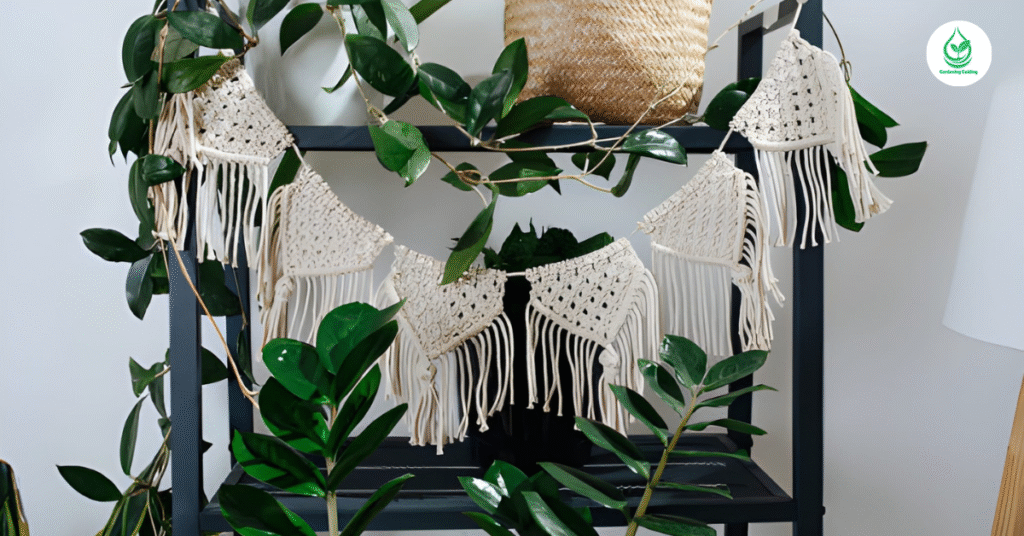
Tropical Statement Piece
Adding a Monstera deliciosa to your home instantly changes the vibe of the room. Its lush greenery brings in a tropical, resort-like feeling that softens modern interiors and makes spaces feel more inviting. Many people place it in living rooms, bedrooms, or even office corners to create a natural atmosphere. Beyond aesthetics, studies have shown that greenery reduces stress and boosts mood, meaning this plant does more than just look good—it can also improve your wellbeing.
2. Monstera Adansonii – The Petite Beauty
Distinctive Leaf Holes
Monstera adansonii is often mistaken for a smaller version of the deliciosa, but it has its own charm. Its leaves are thinner, smaller, and feature more holes than splits. The result is a lace-like effect that looks delicate and intricate, as if nature had designed it specifically for decoration. These oval-shaped fenestrations make it one of the most visually striking vining houseplants available.
Great for Hanging Baskets
Unlike the broader deliciosa, adansonii has a trailing, vining growth habit. This makes it perfect for hanging baskets, macramé planters, or high shelves where its vines can spill down dramatically. Some plant owners also choose to let it climb up trellises or moss poles, which gives it a fuller, more vertical shape. This flexibility in styling makes adansonii highly versatile, fitting both small and large living spaces.
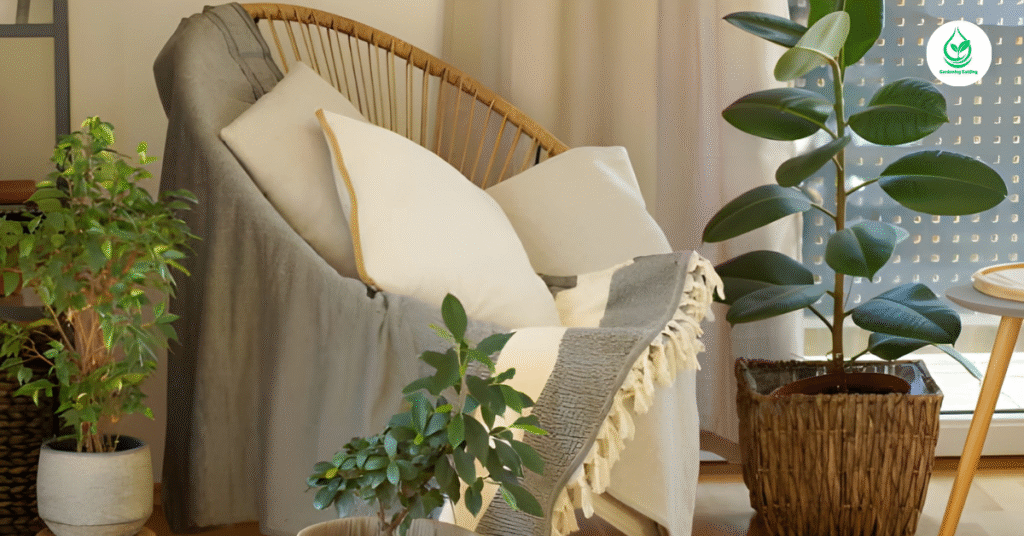
Perfect for Small Spaces
If you love the look of Swiss Cheese Plants but live in a smaller apartment, Monstera adansonii is your ideal match. Its compact size means it won’t take over your room, yet it still delivers that lush, tropical atmosphere. Placed on a desk, bookshelf, or windowsill, it adds just the right amount of greenery without overwhelming the space. With regular care—like weekly watering and indirect light—it stays healthy and beautiful for years, even in smaller homes.
3. Monstera Obliqua – The Rare Treasure
Highly Perforated Leaves
The Monstera obliqua is a plant that many collectors dream of owning. Its leaves are so heavily perforated that they often look like delicate green nets, with more holes than actual leaf surface. These thin, papery leaves are extremely fragile compared to other Monstera varieties, which is why this plant requires extra care and attention. Because of its rarity, the obliqua is often mistaken for adansonii, but true plant lovers can tell the difference by the extreme perforation.
Collector’s Favorite
Due to its delicate nature and rarity, Monstera obliqua is considered a collector’s treasure. It isn’t typically found in common nurseries or garden centers, and when available, it often comes with a high price tag. Caring for obliqua requires maintaining high humidity, consistent warmth, and gentle handling, which can be a challenge for beginners. However, for those who love rare plants, owning an obliqua is like having a rare gemstone in their plant collection.
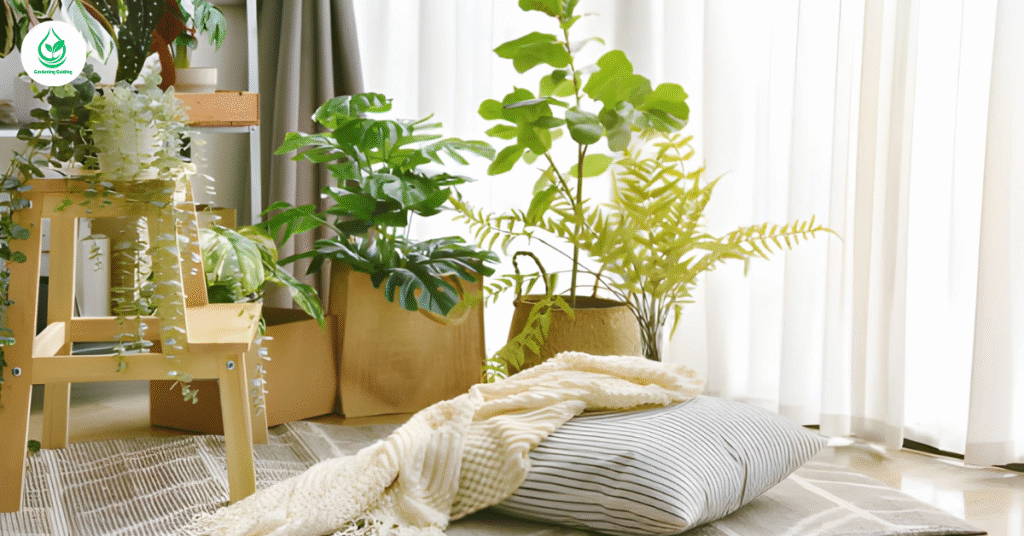
Luxury in Plant Form
Owning a Monstera obliqua isn’t just about having a plant—it’s about owning a living piece of art. Its fragile, lace-like leaves instantly capture attention and spark conversations. Many plant enthusiasts consider it a “luxury” item, similar to owning a designer accessory, because of its exclusivity and beauty. While it may not be the easiest plant to care for, it undoubtedly brings elegance and prestige to any collection.
4. Monstera Pinnatipartita – The Leaf Transformer
Unique Leaf Shape Evolution
The Monstera pinnatipartita is fascinating because its leaves go through a dramatic transformation as it matures. When young, its leaves are smooth and heart-shaped, similar to a common houseplant. But as it grows older, they begin to split deeply, almost resembling palm fronds. This transformation makes it a favorite among plant collectors who love watching their plants change over time. The shifting leaf patterns also add visual interest to your home as the plant develops.
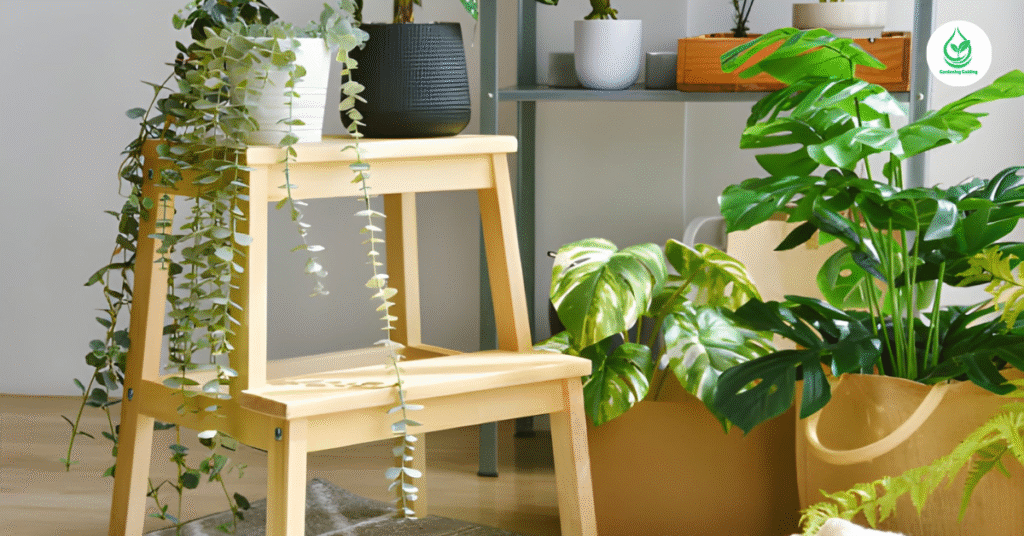
Thrives with Support
Unlike bushier Monsteras, the pinnatipartita is a climber at heart. In the wild, it grows upward by attaching itself to trees with aerial roots. At home, giving it a moss pole or trellis will encourage faster growth and larger leaves. This climbing habit not only makes it easier to manage but also creates a vertical greenery feature in any room. Many plant parents enjoy watching its vines scale upward, bringing life to empty corners or walls.
Elegant Indoor Accent
Because of its unique leaf design and climbing nature, the pinnatipartita adds elegance to interiors. It looks particularly stunning in tall planters where it can grow upward gracefully. Its deep green, textured leaves create a luxurious vibe, making it suitable for modern, minimalist, or even rustic homes. Whether placed in a hallway or a living room, it acts as an eye-catching green sculpture.
5. Monstera Dubia – The Shingle Plant
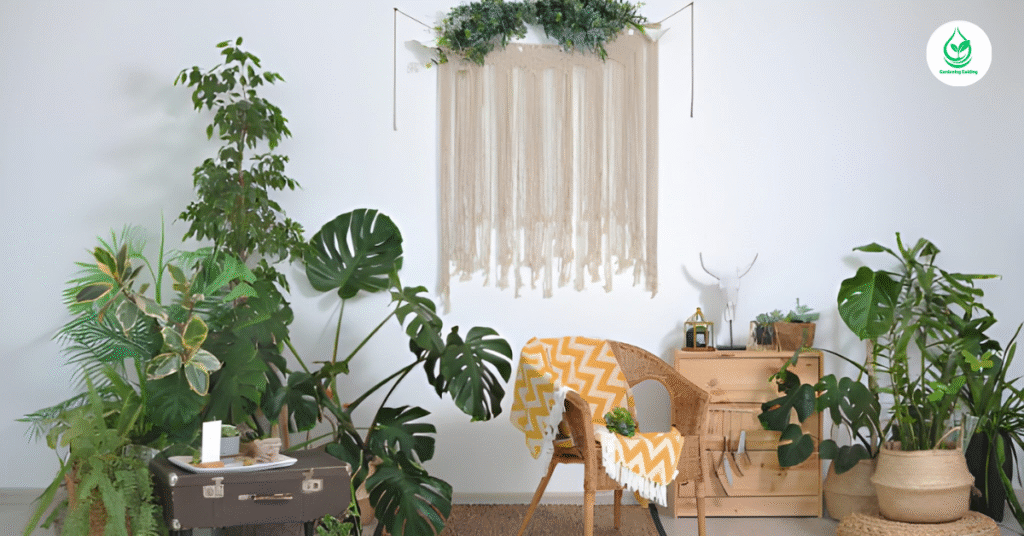
Distinctive Shingling Habit
The Monstera dubia is unlike most other Monsteras because of its unusual growth pattern. Instead of spreading or trailing, it grows flat against surfaces like a “shingle,” with each leaf lying neatly against a wall, plank, or tree trunk. This growth habit makes it fascinating to observe and highly decorative when trained on wooden boards indoors.
Compact and Manageable
Compared to the large and bold deliciosa, the dubia is more compact, making it suitable for smaller homes and apartments. Its early growth stage features small, heart-shaped leaves without holes, giving it a simple, clean look. As it matures, fenestrations eventually develop, rewarding patient plant owners with the signature Swiss Cheese Plant charm. Its small footprint makes it a good choice for people with limited space.
Rare and Conversation-Worthy
The dubia isn’t commonly found in every nursery, which adds to its appeal as a collector’s item. Guests often stop to ask about its unusual growth style, making it a conversation starter in any home. Its shingling pattern creates a natural piece of living wall art, which looks especially beautiful when mounted vertically. For plant enthusiasts who enjoy unique varieties, this plant offers both rarity and style.
6. Monstera Siltepecana – The Silver Swiss Cheese Plant
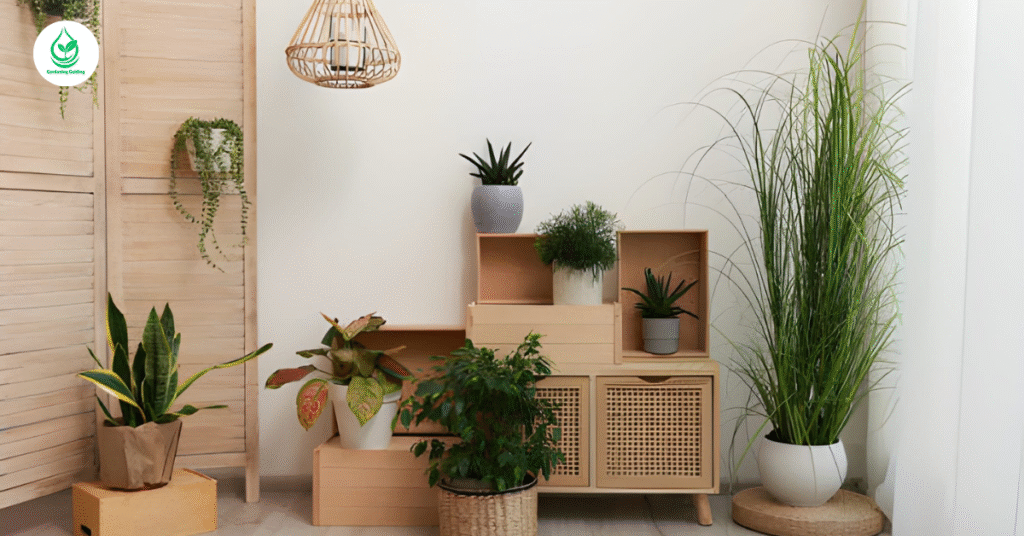
Silver-Toned Juvenile Leaves
The Monstera siltepecana stands out because of the silver streaks and patterns on its juvenile leaves. These silvery tones give it a distinctive look compared to the deep green of most other Monstera varieties. Over time, as the plant matures, the leaves grow larger and begin to fenestrate, adding even more character. This dual-phase beauty—silver in youth, perforated in maturity—makes it a plant with evolving charm.
Versatile Growth Options
Siltepecana is a vining species, which means it can either trail from hanging pots or climb upward on supports. Indoors, it grows well with medium to bright indirect light and benefits from regular misting to maintain humidity. Many plant lovers enjoy training it on moss poles, which enhances its leaf size and fenestration. Its adaptability makes it easy to style in different parts of the home.
Great for Plant Styling
Because of its silvery tones, the siltepecana pairs beautifully with other green houseplants. It adds contrast and variety to indoor plant collections, breaking up the monotony of solid green foliage. Placing it near darker plants makes its silver streaks stand out even more, creating a layered, stylish plant display. It’s especially popular among plant stylists and interior decorators.
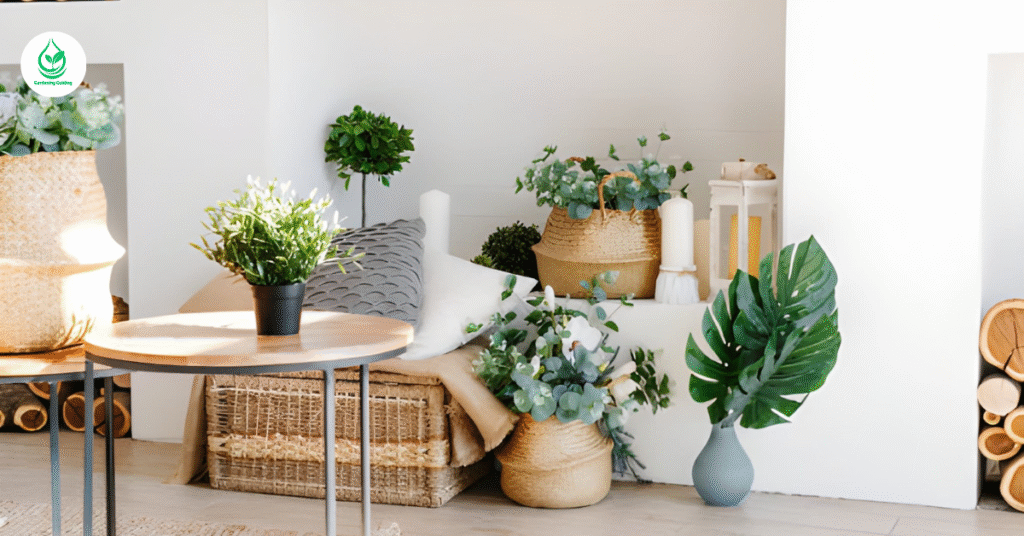
Conclusion
The Swiss Cheese Plant family offers something for everyone—from the bold and classic Monstera deliciosa to the rare and delicate Monstera obliqua. Each variety brings its own personality, whether it’s the compact vines of adansonii, the silver streaks of siltepecana, or the transformative leaves of pinnatipartita. No matter which one you choose, these plants bring beauty, greenery, and a tropical atmosphere to your home.
Whether you’re a beginner searching for an easy houseplant or a collector hunting for rare finds, there’s a Swiss Cheese Plant that fits your style. With the right care—light, humidity, and occasional support—your Monstera will thrive and reward you with stunning leaves for years to come.
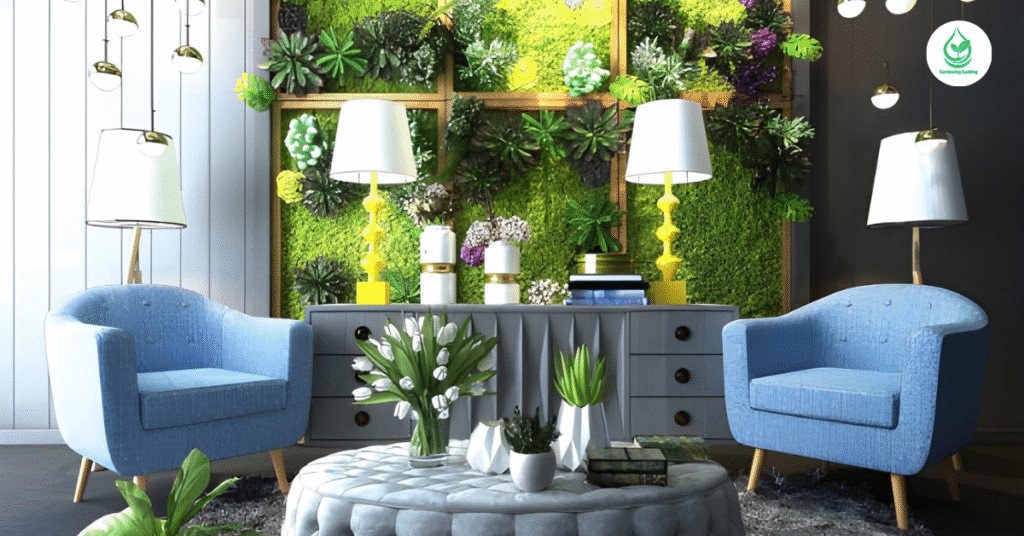
Comparison Table of 6 Swiss Cheese Plant Varieties
| Variety | Key Feature | Best Placement | Care Level | Rarity |
| Monstera Deliciosa | Large, iconic split leaves | Living rooms | Easy | Common |
| Monstera Adansonii | Small leaves with many holes | Hanging baskets | Easy | Common |
| Monstera Obliqua | Paper-thin, heavily holed | Collector’s displays | Difficult | Rare |
| Monstera Pinnatipartita | Transforms as it matures | Tall corners, poles | Moderate | Uncommon |
| Monstera Dubia | Shingles against surfaces | Vertical boards | Moderate | Rare |
| Monstera Siltepecana | Silver streaks on leaves | Hanging pots, poles | Easy | Uncommon |
Pros and Cons of Growing Swiss Cheese Plants
Pros
- Visually striking and unique foliage.
- Adaptable to most indoor environments.
- Variety of species for different spaces.
- Improves indoor air quality.
- Easy to propagate through cuttings.
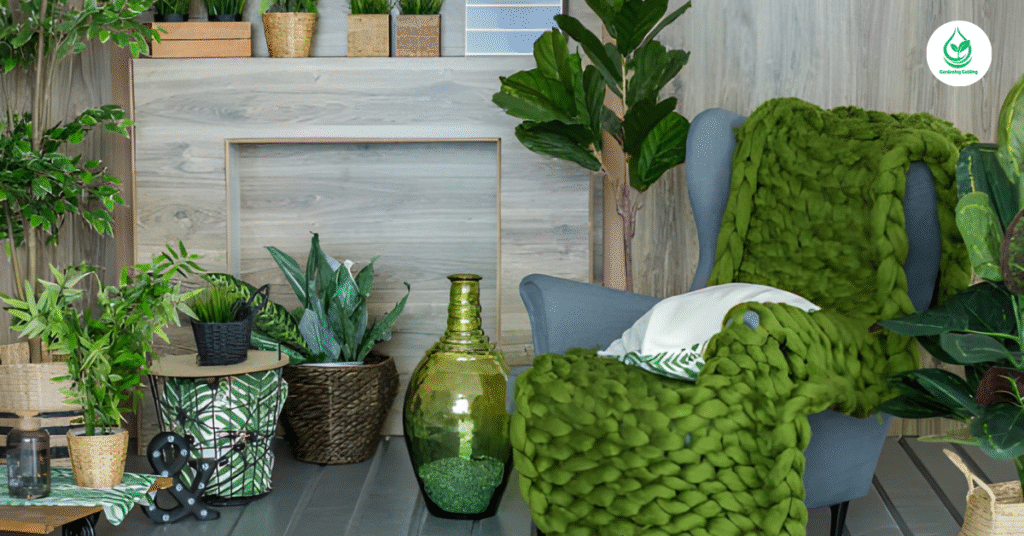
Cons
- Some rare varieties are expensive.
- Requires consistent humidity.
- Can grow large and need space.
- Toxic to pets if ingested.
- Delicate species like obliqua need extra care.
FAQs
1. Why are they called Swiss Cheese Plants?
They get the name from their leaves, which develop natural holes or fenestrations that look like slices of Swiss cheese.
2. Which Swiss Cheese Plant is best for beginners?
Monstera deliciosa and adansonii are the easiest and most forgiving for beginners.
3. Can Swiss Cheese Plants grow outdoors?
Yes, in warm tropical or subtropical climates. In colder areas, they are best kept indoors.
4. How fast do they grow indoors?
They grow steadily, producing new leaves every few weeks in the right light and humidity.
5. Do they need a moss pole?
Climbing species like deliciosa and pinnatipartita benefit from moss poles to support their growth.
6. Are Swiss Cheese Plants safe for pets?
No, they contain calcium oxalate crystals, which are toxic to cats and dogs if eaten.
7. What’s the rarest Swiss Cheese Plant?
The Monstera obliqua is considered the rarest and most fragile.
8. How often should I water them?
Water once the top 2 inches of soil are dry, usually once a week depending on conditions.
9. Can they survive in low light?
They can tolerate low light but thrive best in bright, indirect light.
10. How can I make the leaves grow larger?
Provide bright light, regular feeding, and a moss pole for climbing to encourage bigger leaves.

